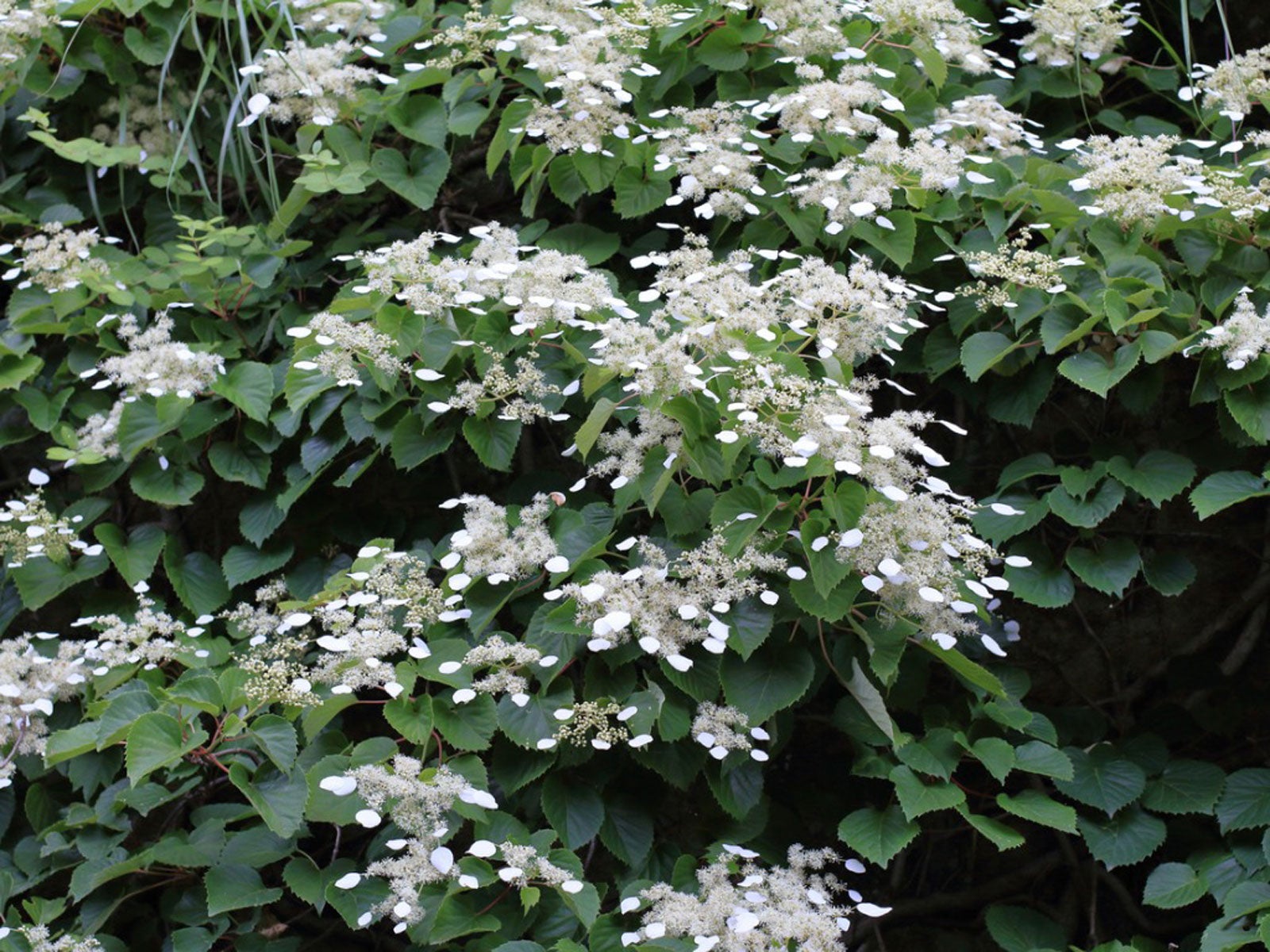Ohio Valley Vines – Growing Vines In Central U.S. States


Are you looking for the perfect Ohio Valley vines to complete your cottage garden? Do you have space to fill around the mailbox or lamppost at your home in the central U.S. region? Vine growing is an old-fashioned gardening secret for adding vertical color and foliage accents to the landscape. If you live in this region, check out these vines.
Growing Vines in Central U.S. States and the Ohio Valley
Too often vines are overlooked and underused in modern landscaping designs. Yet, these simple plants can add the finishing touch to a pagoda or gazebo. Flowering vines can bring a splash of color to a drab wall or fence. Leafy vines bring a dignified look to older architecture. Additionally, dense matting vines can be used as a weed stopping groundcover.
When selecting a vine for climbing, the key is to match the vine's climbing ability with the type of vertical surface provided. Some vines have tendrils which are leafless stems that grab vertical supports like a set of arms. These vines do best on trellises made of wire, wood slats, or metal poles.
Twining vines grow in a spiral and wind themselves around upright supports. These vines also do well on trellises made of wire, wood slats, or metal poles but they can also be used on larger structures like pagodas.
Climbing vines are ideal for clinging directly to masonry or brick walls. They have adaptive root like growths which dig into the surface of these walls. For this reason, it's not advisable to use climbing vines on wooden structures or frame buildings. Climbing vines can damage these surfaces and cause them to rot.
Vines for Ohio Valley and Central U.S. Gardens
Growing vining plants is not very different than other types of flora. Start by choosing central U.S. region or Ohio valley vines which are hardy in your area. Match the vine's sunlight, soil, and moisture requirements with the location in the garden.
Deciduous Tendril Vines:
Gardening tips, videos, info and more delivered right to your inbox!
Sign up for the Gardening Know How newsletter today and receive a free copy of our e-book "How to Grow Delicious Tomatoes".
- Boston Ivy (Parthenocissus tricuspidata)
- Japanese Hydrangea Vine (Schizophragma hydrangeoides)
- Virginia Creeper (Parthenocissus quinquefolia)
Evergreen Tendril Vines:
- Sweet Pea (Lathyrus latifolius)
- Wintercreeper euonymus (Euonymus fortunei)
Deciduous Twining Vines:
- American Bittersweet (Celastrus scandens)
- Clematis
- Hardy Kiwi (Actinidia arguta)
- Hops (Humulus lupulus)
- Kentucky Wisteria (Wisteria macrostachya)
- Silver Fleece Flower (Polygonum aubertii)
- Trumpet Vine (Campsis radicans)
Evergreen Twining Vines:
- Dutchman's Pipe (Aristolochia durior)
- Honeysuckle (Lonicera)
Evergreen Clinging Vines:
- Climbing Hydrangea (Hydrangea anomala)
- English Ivy (Hedera helix)

Laura Miller has been gardening all her life. Holding a degree in Biology, Nutrition, and Agriculture, Laura's area of expertise is vegetables, herbs, and all things edible. She lives in Ohio.